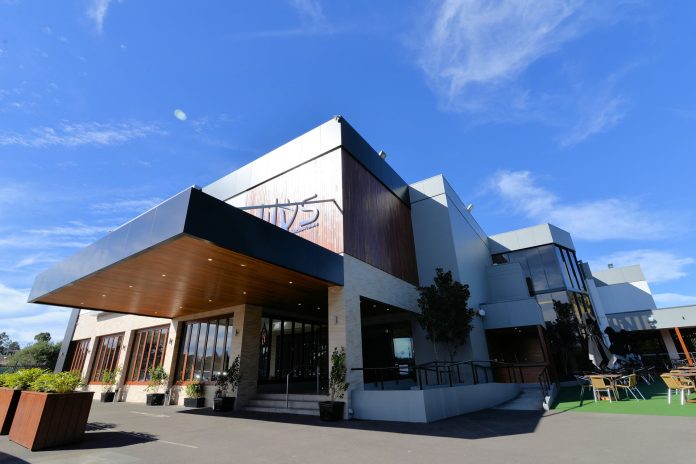Platinum AV has installed a Mobotix IP surveillance system at Lily’s in Sydney’s Seven Hills. The system includes automation, intercoms, external and internal cameras with edge storage, a dedicated network and remote and local management using mobile devices running the Australian-developed QCamPro app.
LILY’S restaurant, bar and function centre at Seven Hills in Sydney’s west incorporates 5 modern function rooms, 2 dedicated ceremony areas and an Italian restaurant. Arriving early, I spend 10 minutes wandering through the internal spaces, which revolve around a bar, pizza kitchen and large restaurant. It’s bigger than I expected. When you’re looking at video surveillance applications, the first place you look is the ceilings and I can see this is a brownfield site. New Mobotix cameras are dotted here and there across a ceiling populated by an installation of older, bulkier compact domes.
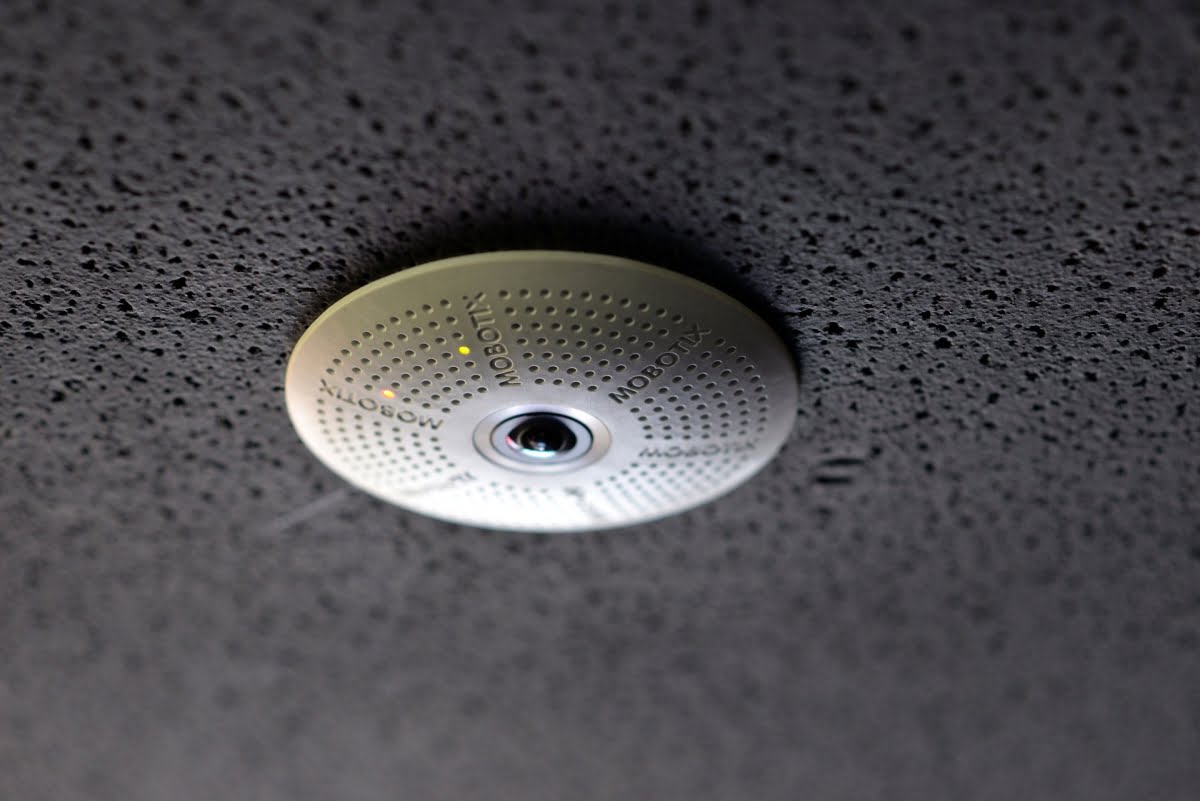
I’m here to meet Mitchell Smith, operations manager of integrator, Platinum AV Solutions. Smith is a young and passionate installer who’s well and truly hooked into the technological arteries feeding the information generation and it’s impossible to get your head around this integration without taking this into account. Smith spends a large part of the time on his smart device calling up images from Lily’s as well as a couple of other video surveillance applications across Sydney, talking about how he’s used the Mobotix cameras and their integrated functionality, including intercom and digital PTZ, to proactively respond to or report incidents.
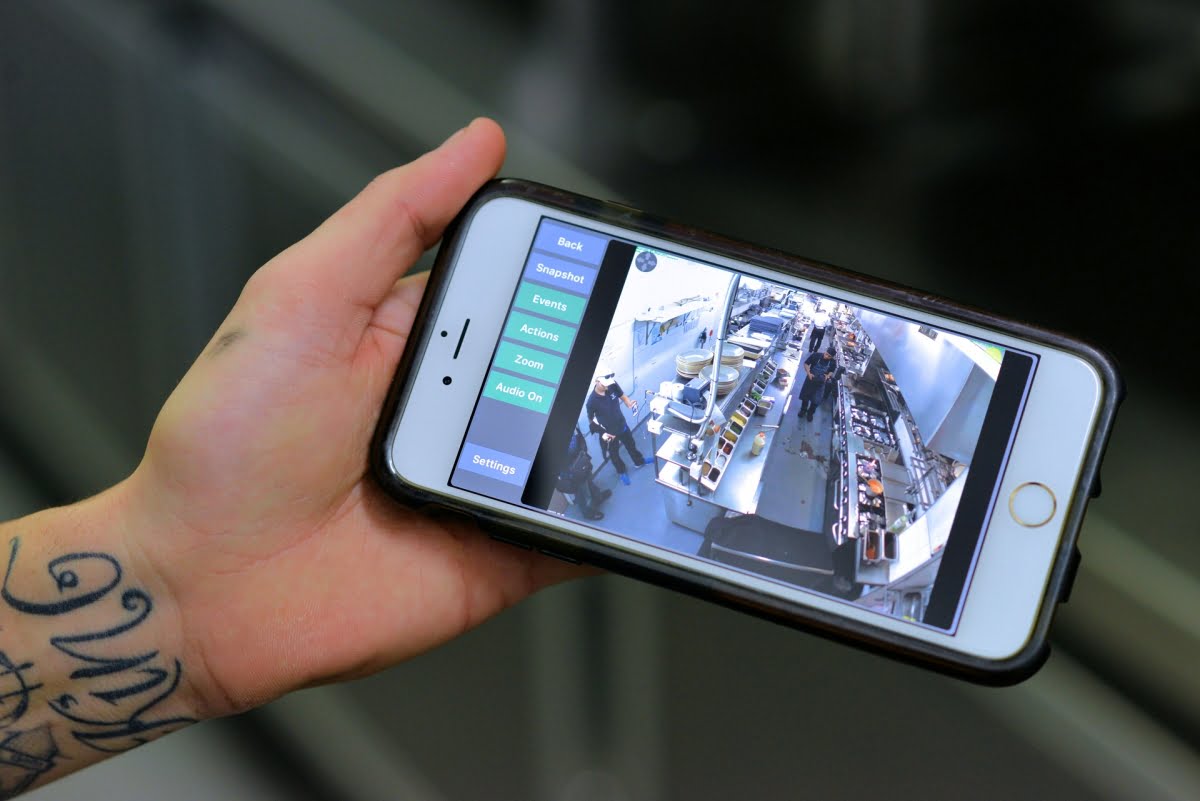
While Smith’s steering cameras through QCamPro, I get another chance to see how capable Mobotix hemispheric and wide angle cameras are. Hemispherics are notorious for being soft on digital zoom but Mobotix, with its large MP sensors and proprietary compression protocol, is a tiger of a different stripe. You really can dig into scenes with Mobotix, making its hemispheric cameras capable of supported diameters running into tens of metres. As Smith explains the shape of the system, I think again how neatly Mobotix anticipated the market all those years ago.
But this solution is not just about an app, clever as John Convill’s QCamPro is – there’s more here than surveillance. Smith has taken advantage of the agnosticism of IP to weave Lily’s a digital tapestry – a creature of IP infrastructure that in no way imitates the traditional and modular nature of many digital video surveillance solutions. Instead, Smith and his team have stitched layers of IP devices in a way that offers the best functionality using underlying network topology.
“This system is an investigative tool, it’s a workflow tool, an OH&S tool and it’s a people counting tool,” Smith says. “Lily’s is a function centre and when the team here is running an event the system’s functionality means they can keep an eye on video feeds, receive event notifications, use intercom functions or use people counting software to keep track of walk-in and walk-out traffic. Thanks to the microphones and speakers in the Mobotix cameras, the system is also a PA system, so they can communicate between people in real time.”
The Lily’s Solution
The solution we look at is stage 1 of a 2 stage integration process. There are currently more than 30 cameras in this installation (numbers will double after stage 2), each with 64GB of internal storage. The cameras draw on all parts of the Mobotix range. There are external M15 cameras with their distinctive integrated housings, there are P25 and C25 compact and large domes and flush mount hemispherics and optical camera heads, in one case installed with third-party IR support. While the completed system will have 2 workstations with MX Control Center, it’s not planned that these will be manned – instead the primary user interface is by mobile devices running QCamPro. This is a key aspect of the installation and it shapes system topology.
“Lily’s is a different solution and that comes down to the fact it’s an IP solution,” Smith explains. “If you consider other digital video solutions, including some larger Mobotix installations, there are whole server racks dedicated to storage. We will have a Synology NAS here to record events over the long term but the cameras are recording to SD card and that means network bandwidth is zero because the cameras record to themselves. The 64GB cards give cameras 21 days’ storage and frame rate is adjusted based on resolution – the 3MP cameras are running at between 9-10 fps, the 1MP cameras are at 10-14fps and the full HD cameras are at 14fps.”

Mitchell Smith, Platinum AV
According to Smith, Platinum AV handled the automation, aspects of the electrical sub system relating to the installation, as well as taking on associated networking. A key part of enhancing Lily’s network infrastructure has been through widespread installation of a Wi-Fi network that allows management to view cameras and intercom door stations on smart devices no matter where they are in the venue. This latter is important because Lily’s is large and there’s plenty of reinforced concrete signals must get through – it means multiple spaces need their own wireless nodes to ensure uniformly high performance.
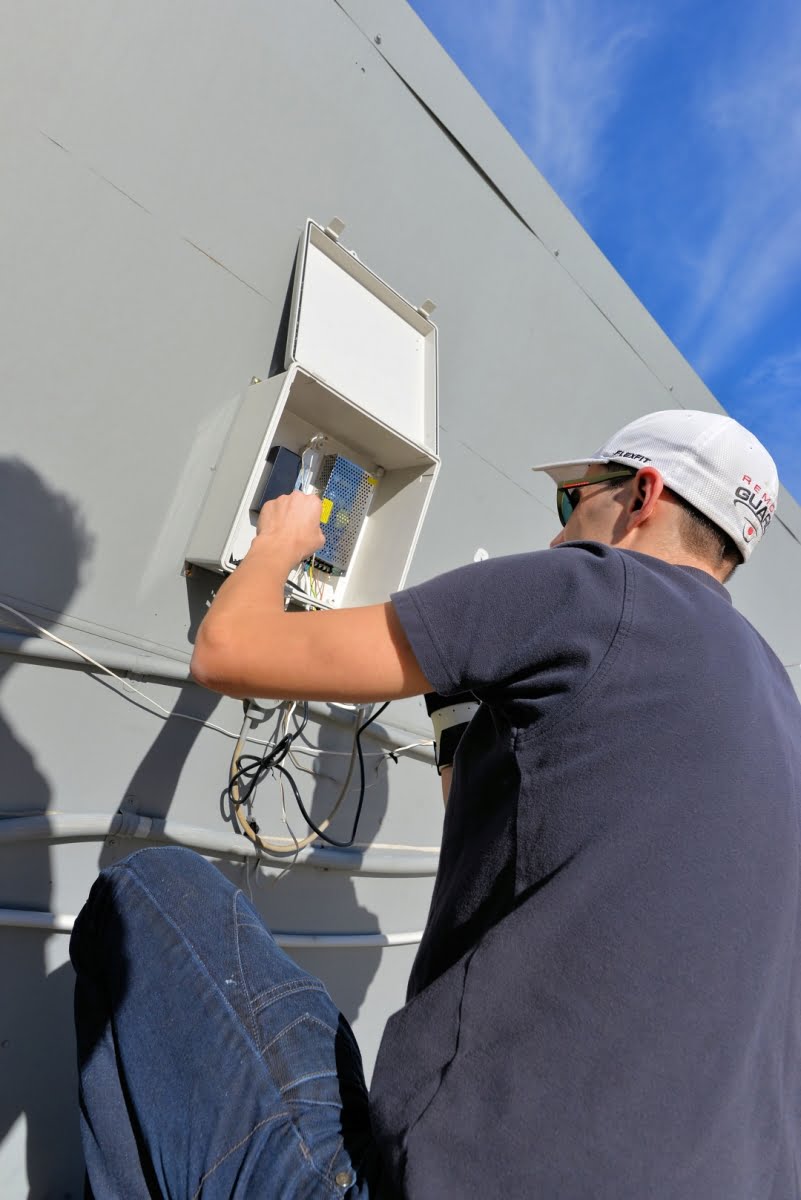
Alongside Mobotix devices like video intercoms and integrated into QCamPro are Wi-Fi Fibaro sensors, which include 360-degree PIRs, as well as temperature monitoring and are IP-linked to the cameras. Fibaro is a clever solution in its own right, capable of reporting and actioning events. There are also Fibaro door release buttons which become active at set times of the day. Lily’s has an old alarm system but over time this will be cutover and replaced with a network of 360-degree sensors reporting alarm events to cameras with alarm capabilities integrated into the surveillance system and reporting via RemoteGuard, Suretek’s video monitoring solution that reports events to a Remoteguard-capable monitoring station. Access control will be handled on a door-by-door basis using an IP-based solution that allows remote management and event reporting.
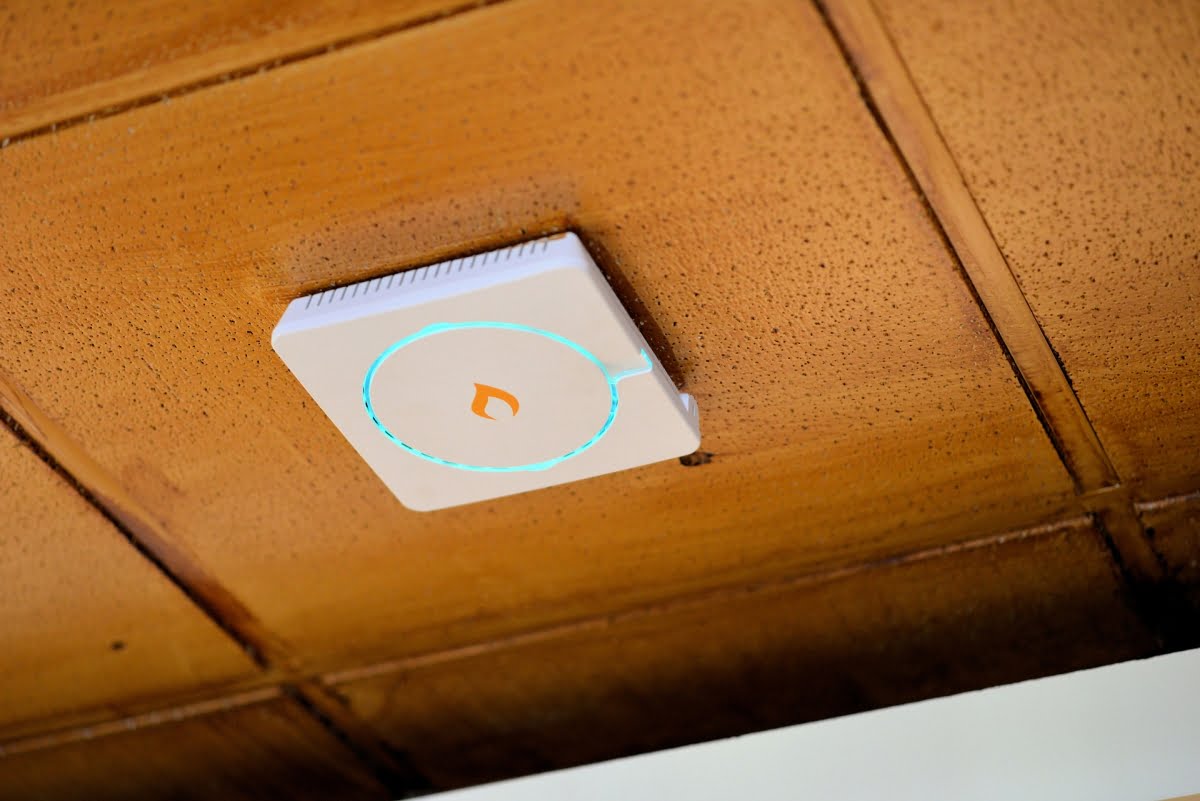
Wireless node
Early on in my visit Smith shows me something that typifies the Lily’s integration. It’s an interactive Rise Vision monitor installed in the foyer that’s visible from the front door. The thing here is that Rise Vision isn’t some proprietary hardware or software solution – instead it’s a digital signage content management platform capable of driving thousands of networked monitors free from Google Cloud. All you need is a monitor to display signage and a compact PC to drive the software.
“Rise Vision allows us to create digital menus and functions for display on the monitor in the foyer but there’s more to it than that,” Smith explains. “The monitor is on the network that links the CCTV solution so we can display customised signals from cameras on the monitor as well. For instance, if someone comes to the door after hours, the camera will send an image of the person to this screen via FTP – it means the person can see their image has been captured by the system. The functionality is run by a little PC behind the reception desk – it’s simple networking principles used to create a more powerful IP solution.”
The heart of the Lily’s system is 5 separate VLANS installed by Platinum AV.
“We have put in a separate CCTV and automation network, a separate staff network and a full guest network among others,” says Smith. “Before we started it was D-Link switches hanging off a Netgear router with no VLANs, no port forwarding, nothing. Obviously, getting the network infrastructure right was the key and as well as installing data cables, new switches, and building network bridges where necessary, we’ve also installed a comprehensive wireless network throughout, with multiple nodes.”
We take a look at the head end downstairs and see the Mikro Tik SXT 5HnD 5GHz Wi-Fi router board that handles this wireless network, the incoming fibres and the 10Gig shielded Cat-6 cable handling video feeds. Nearby is the Giada i5 9u SkyLake-powered mini PC running the Rise Vision monitor out the front .
Managing the system
When it comes to managing the system locally and remotely, it’s all about QCamPro. According to Smith, most of the system is remotely managed by Platinum AV but he points out there will be workstations when stage 2 is completed. We look at the Vibaro app – the Lily’s cameras come up – we look at a carpark camera and pull up multiple scenes at once, zooming in and out with ease using standard touch screen pinch and squeeze, tap and swipe. This is a sleek and capable interface that’s able to display cameras from multiple sites on a multiscreen display so there’s no need for additional instances of the app – neat.
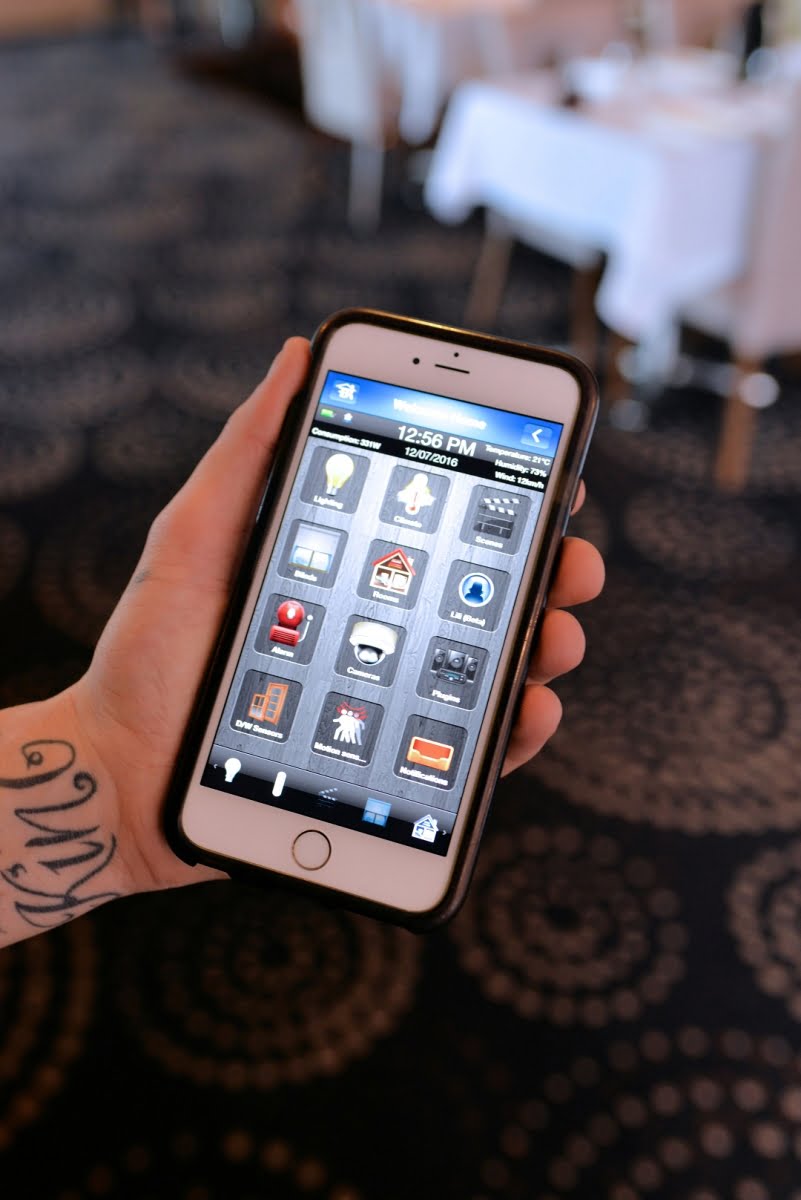
QCamPro app was conceived and developed by John Convill of Video Security Services in Adelaide back in 2010, with ongoing enhancements since. Because it’s third party, QCamPro is not proprietary, supporting Axis, Mobotix, Panasonic and Bosch among others. QCamPro combines simplicity with considerable functionality that pushes notifications to mobile devices and allows live video and 2-way voice comms through Mobotix (and many other) cameras.
Key features include live monitoring of video (using Mobotix MXPEG protocol) and audio across both 3G and wireless, a speak-to-camera function with frame rates as high as 25 frames per second depending on the camera and network configuration, PTZ controls, native iOS controls (multi-touch zoom, swipe), single, and multi-view of cameras, including a 16-camera view assigned to groups with no limit on the number of cameras or views that can be monitored, 6-action configuration to open doors, switch lights on and off or drive other outputs, and playback of recorded video and audio.
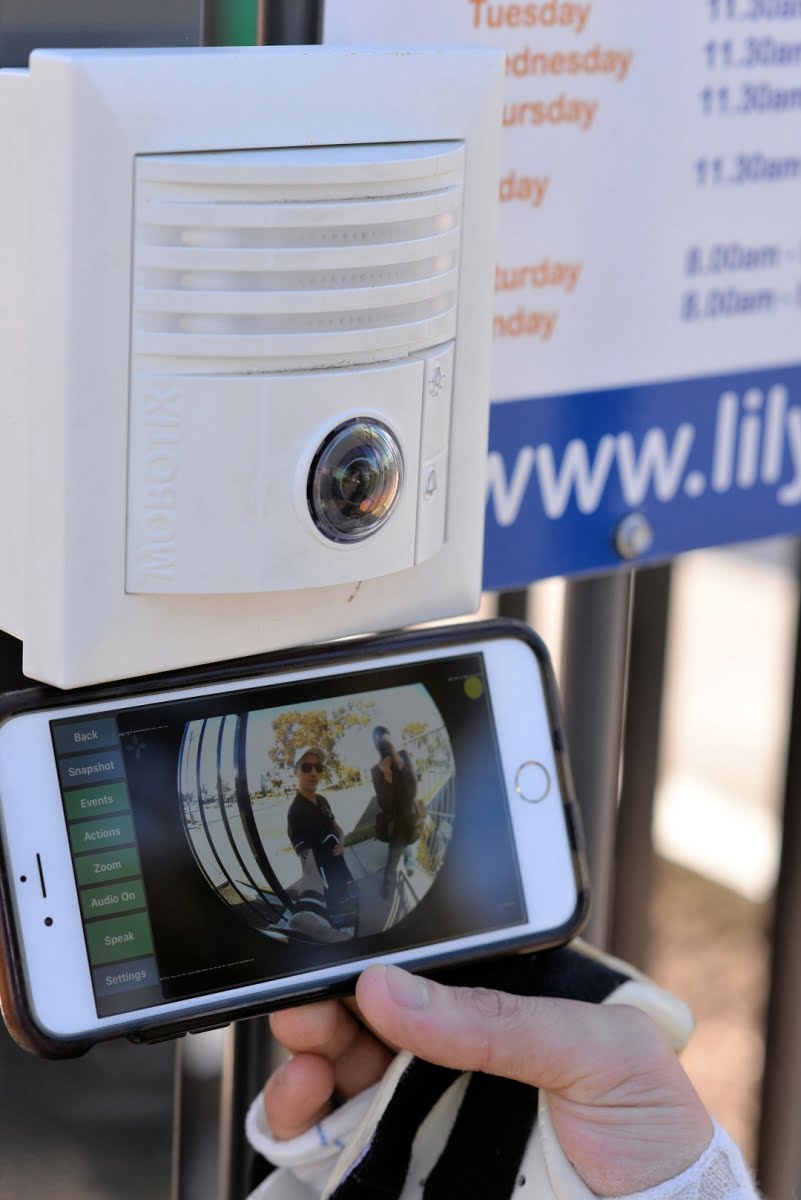
Remote Event Monitoring, which sends an immediate personal notification of an alarm event from the IP camera to an iOS or Android device is key for Lily’s. It notifies management whenever an alarm or event occurs such as video or PIR activation, as well as changes in sound, lighting, temperature – and/or external inputs. Neat, too, when someone pushes the intercom on an external door or gate, Lily’s management can have a 2-way conversation from anywhere in the world through the speaker function on QCamPro via the intercom or an IP camera’s microphone. They also have control over auxiliary inputs such as opening a door or turning on a light – functionality that’s exploited in this application.
Walking the site
When we take a walk around the site I can see it’s quite a tough environment – similar challenges to a shopping centre but on a smaller scale. It’s brownfield, there are funny light temperatures tending under 2500k with dark and bright points. Many external mounting points are at considerable elevation. There’s a lot of legacy hardware and cabling – that includes the nature of the site’s data network which was never going to be able to cope with high resolution IP video streams to be centralised and managed on multiple workstations.
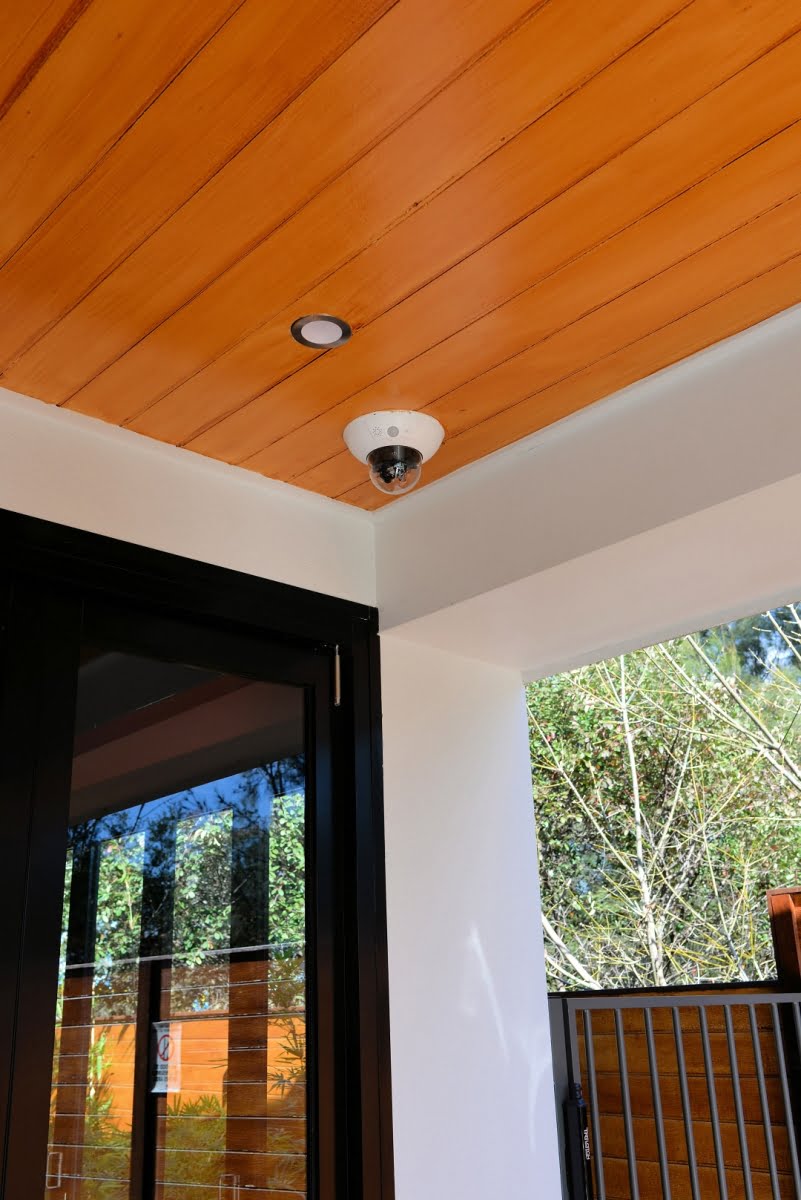
All IT networks are organic and evolve over time in unusual ways that make sense in the moment to network engineers resolving problems in an ad hoc manner but from an holistic point of view, such all networks tend towards entropy – they become less and less efficient. This fundamental mean that Platinum AV needed to install its own IT infrastructure, which Smith points out to me as we go.
“You can also see that we used many different types of Mobotix camera,” Smith says. “That’s one of the new larger D15 domes there and we are also using smaller domes elsewhere. Around the perimeter of the building installed up high are M15 external cameras with integrated housings.”
As we head around the corner of the building past another fixed external M15 and go out front I’m struck again by the size of the site. As well as cameras mounted on the building there are 4 cameras flush-mounted into an external sign on the lawn – these camera heads give views up and down in front of the site with different angles of view.
Next, we check out gate intercoms of which there are 5 and then head into a covered external area – there’s a hemispheric camera here – it’s an S15 optical sensor inserted into the middle of an Elenek IR 52S 180-degree illuminator with a 20m range and a modest 9W current draw. Through a door and back into the rear terrace of the function centre I take a look at a 360-degree Fibaro sensor – it’s compact and slick. The Fibaro motion sensor reports motion, temp, humidity all in one, making it a neat solution. This sensor is wired to an adjacent S15, which will record and report an event if it’s activated after a certain time of night.
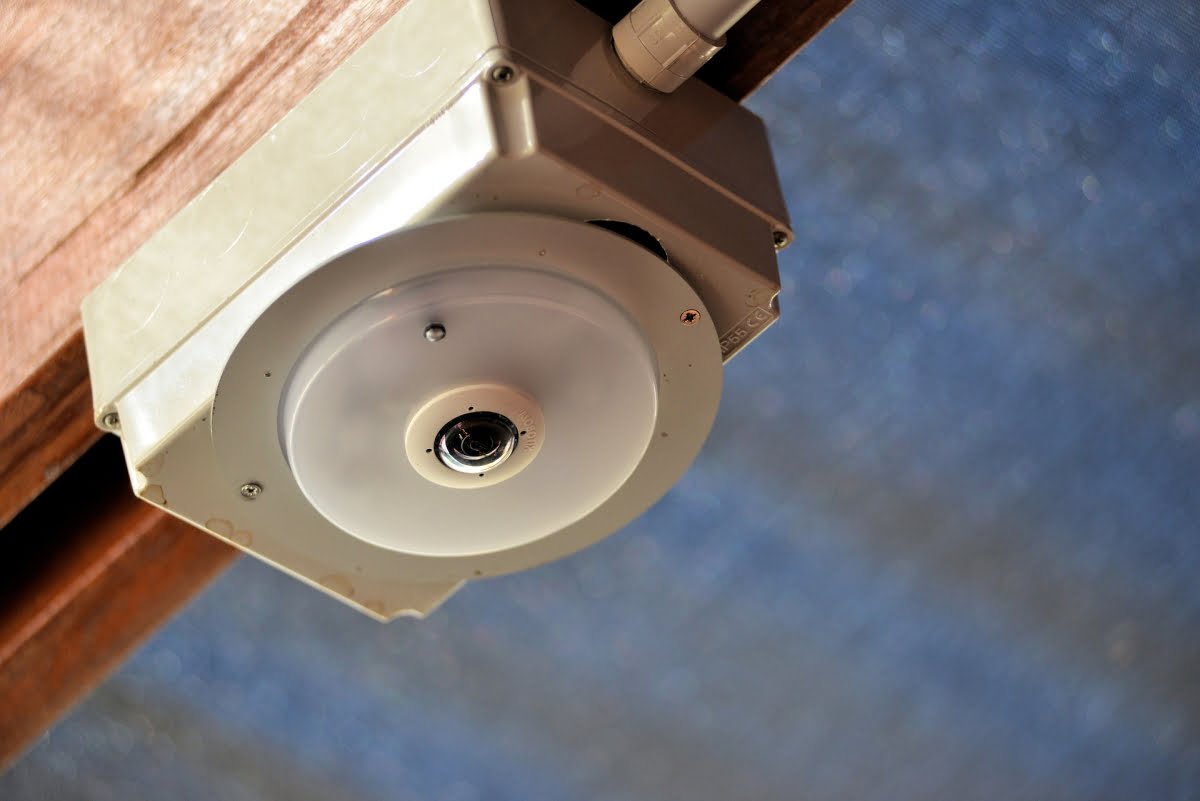
Mobotix hemispheric supported by Elenek IR 52S 180-degree illuminator
There’s also a release button on a nearby door and after a particular time in the evening if the button is pressed it will IP notify the camera to open the door. This is not the only interesting twist at Lily’s. According to Smith, when a 360-degree camera is installed in the kitchens, an adjacent sensor will monitor the fridge and report programmed temperature changes direct to the camera for event reporting via QCamPro. Another 360-degree camera will go into the dishwasher room and in the bar, which has just been re-done, and Smith points out the new Cat-6 data cable loops hanging from apertures in the ceiling in readiness.
We go up to a large function room – there’s another Wi-Fi node up here – these nodes are everywhere and form part of the network that supports mobile devices running the QCamPro app. Next, we head up to the roof and take a look at some of the cameras overlooking the front of Lily’s. Coverage is comprehensive, criss-crossing the front of the building. We also poke around inside roof-mounted nodes containing local power and PoE and network access via Ubiquiti switch. Our walk around ends at the network cabinet in a secure room with hemispheric CCTV coverage where we take a look at the Ubiquiti edge switches that gather in signals coming from remote nodes.
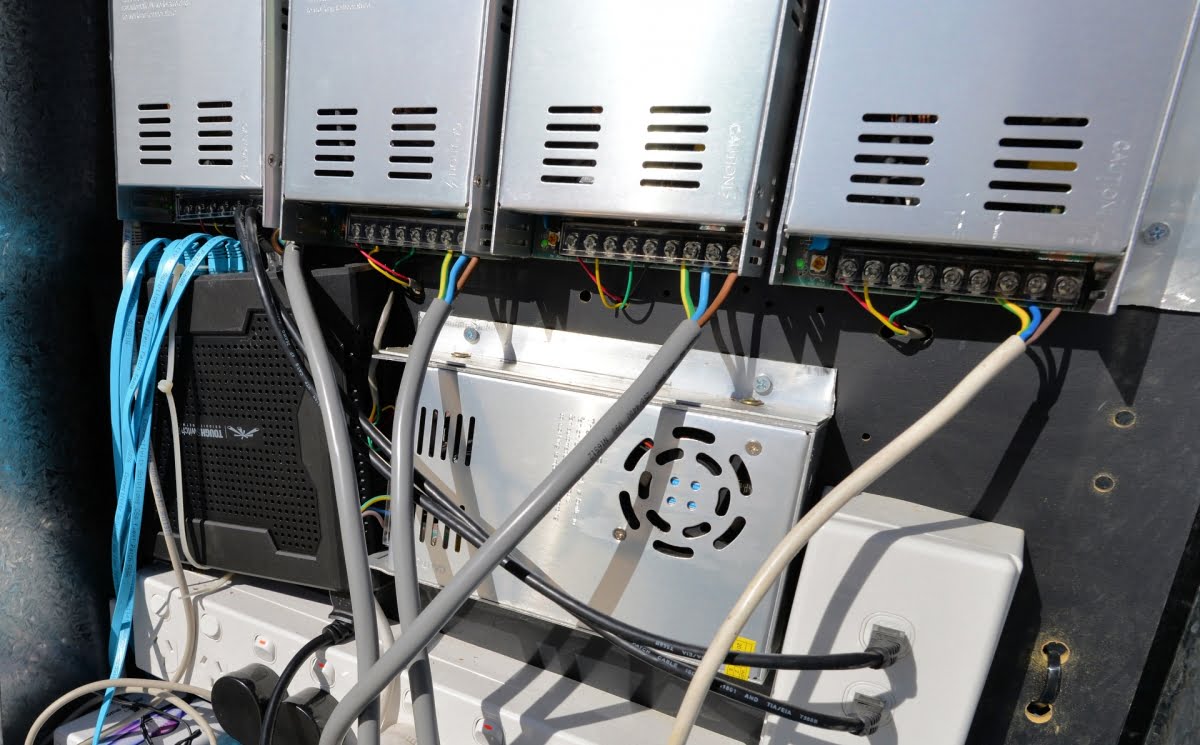
Remote network cabinet on rooftop
“This first stage of the system provides an overview of the site with many 360 cameras – we are about to start stage 2 which will see the installation of a lot more D15s – these will be strategically-placed to handle specific operational tasks,” Smith explains. “There will be 6 in the bar, some in the function room and others elsewhere, as well as the additional 360 hemispherics that will be installed. Once all the cameras are in there will be a big NAS installed and a monitor in an office so the CEO doesn’t have to check a phone if there’s a need to display in larger format to view recordings.”
Challenges of the application
Every application has its challenges and Lily’s was no exception.
“From the point of view of the installation itself, the primary challenge we faced at Lily’s was that there is an ongoing process of renovation occurring in multiple locations in the facility – we had to make sure we were across all those areas undergoing renovation with our cables so we could make sure we did not lose coverage,” Smith explains. “Apart from that, everything was fine – it was a fairly typical installation of this type. It’s larger than most sites and the application is ongoing. There are time constraints relating to when we can work but generally speaking, it’s not too difficult.
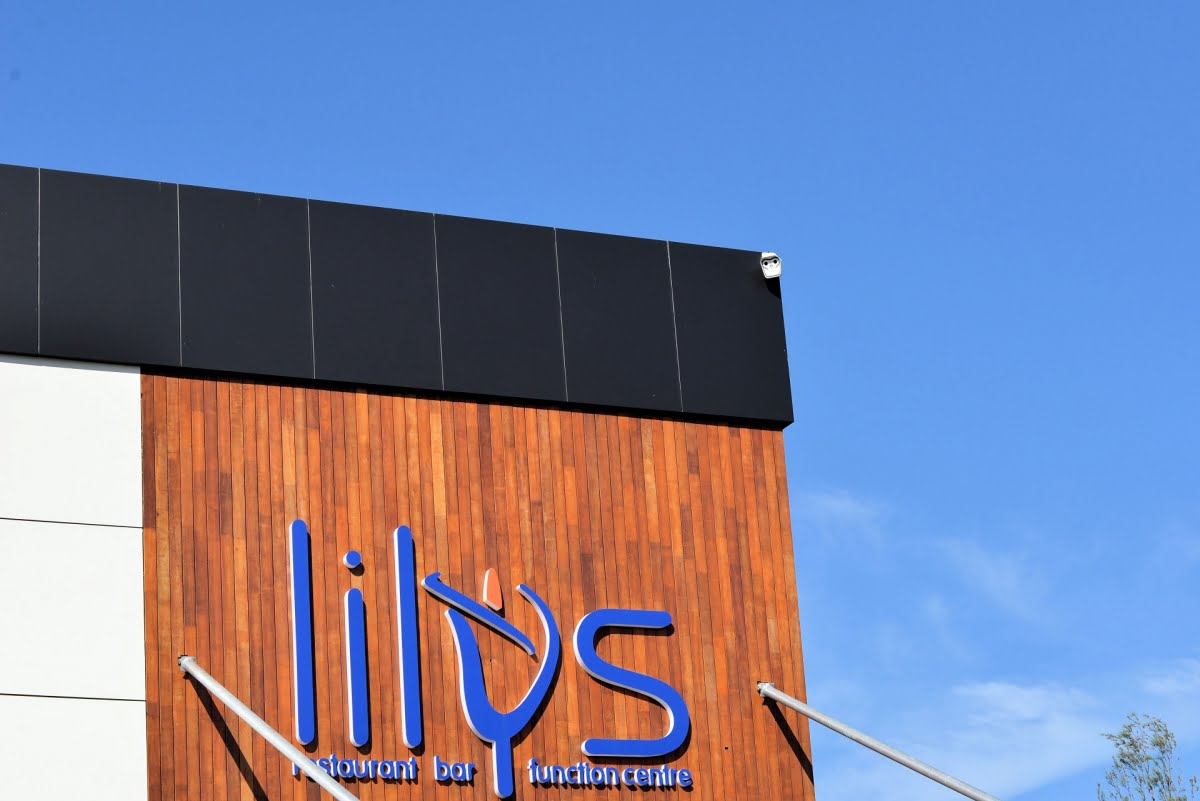
“The installation process would have been quicker if the site was fully closed down but Lily’s remained operational most of the time so we had to work around that – we did manage to do all the cabling over a single holiday break, taking out the ceiling tiles – there were 4 of us handling the cabling – 2 pulling cable and 2 doing fitting off. We had a scissor lift at the front to get up to roof and install cameras and infrastructure, and a boom was used to get other cameras fitted. We also built a scaffold to access the sign. We also had assistance with the electrical system from Eli Squillacioti from Blue Electrical.”
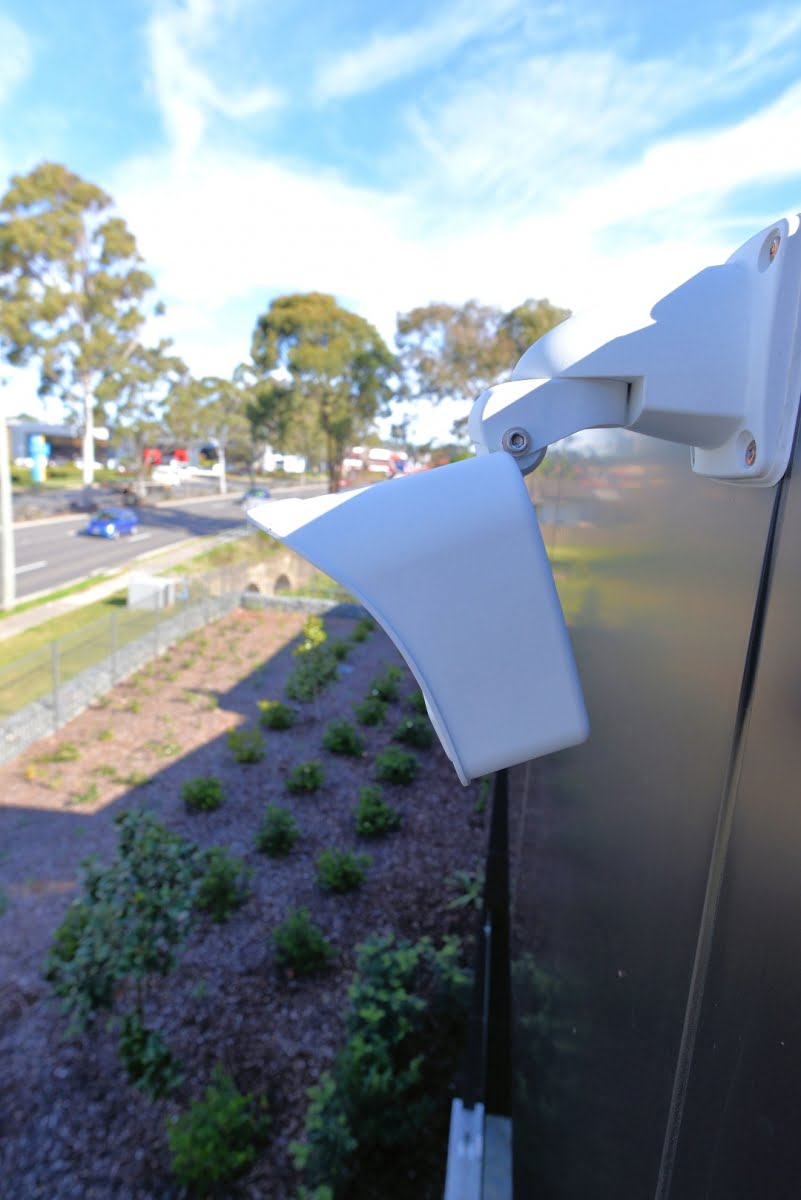
According to Smith, a key element of any application, particularly larger and more complex sites like Lily’s is convincing the client to spend the money on the sort of system the installer knows will meet a user’s stated operational requirements.
“It’s the same with every installation and on a larger site like this, it’s more difficult again, because the system will be bigger and more expensive and there must be a sense of return on sales in the form of energy savings, increased efficiencies and reduced risks – not just burglary or robbery, but all the other risks surrounding an operation like this one.”
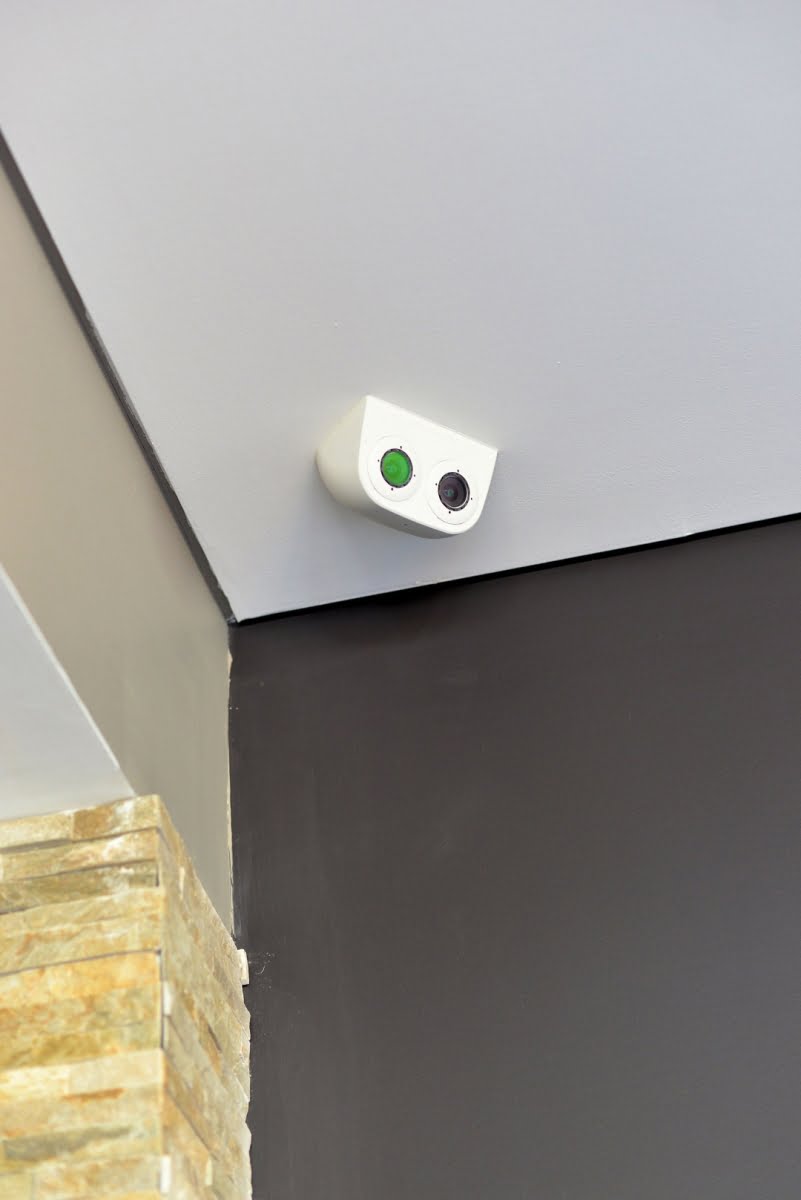
The capability of the system was highlighted the night after the team finished stage 1.
“That first night we caught an attempted burglar and the night after, we captured a second attempted burglary – an associate of the first person who must have thought Lily’s guard would be down after the events of the night before,” Smith says. “Unlike a traditional alarm system, this solution reports alarm events with video footage and allows live monitoring, that means you’re not just getting a random alarm event and dispatching a patrol. If there’s an attempted break-in you can see exactly what’s going on and you’re able to respond very quickly. A burglary means more than just material losses – there’s disruption to management and staff, repairs to multiple entry points, hassle with insurance claims and then issues with insurance premiums – you’re seen as higher risk.”
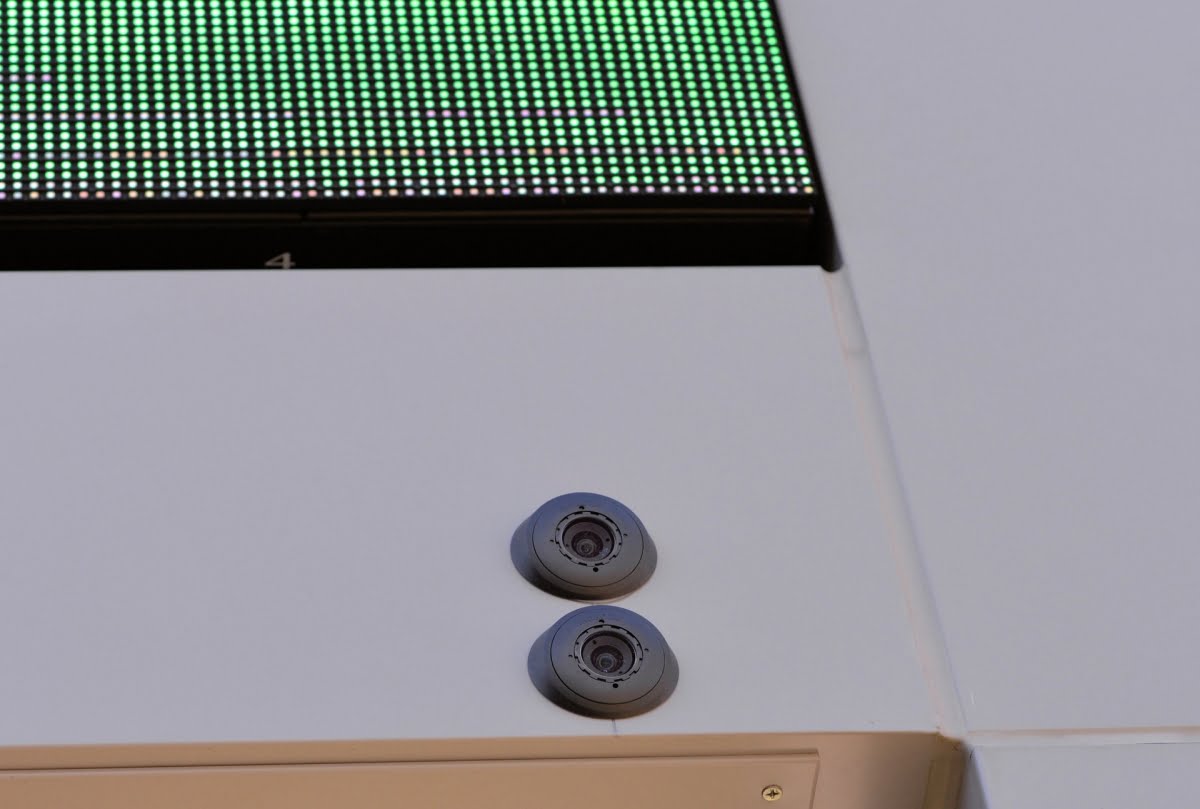
Mobotix camera heads mounted into external signage…
Lily’s is an interesting study that suggests the nature of electronic security solutions in the future will be more agnostic than many suspect. Systems will offer significant lateral capability but accessing this capability will depend on the abilities of the installation team handling the work.
“Networked solutions like this are organic,” says Smith. “Installing a system and upgrading a network are part of a process because it takes time and effort to get an integrated solution like this right. You don’t install an integrated solution and walk away – not on a site like this one. More effort is required. Everything we’ve done here in terms of installing the new system and upgrading the network was done ensure the solution is reliable, flexible, expandable, future-proof and offers high performance wherever it’s needed. What’s great about the Lily’s solution is that it’s more than just a security system, and management and staff love it for that reason.” ♦
By John Adams




